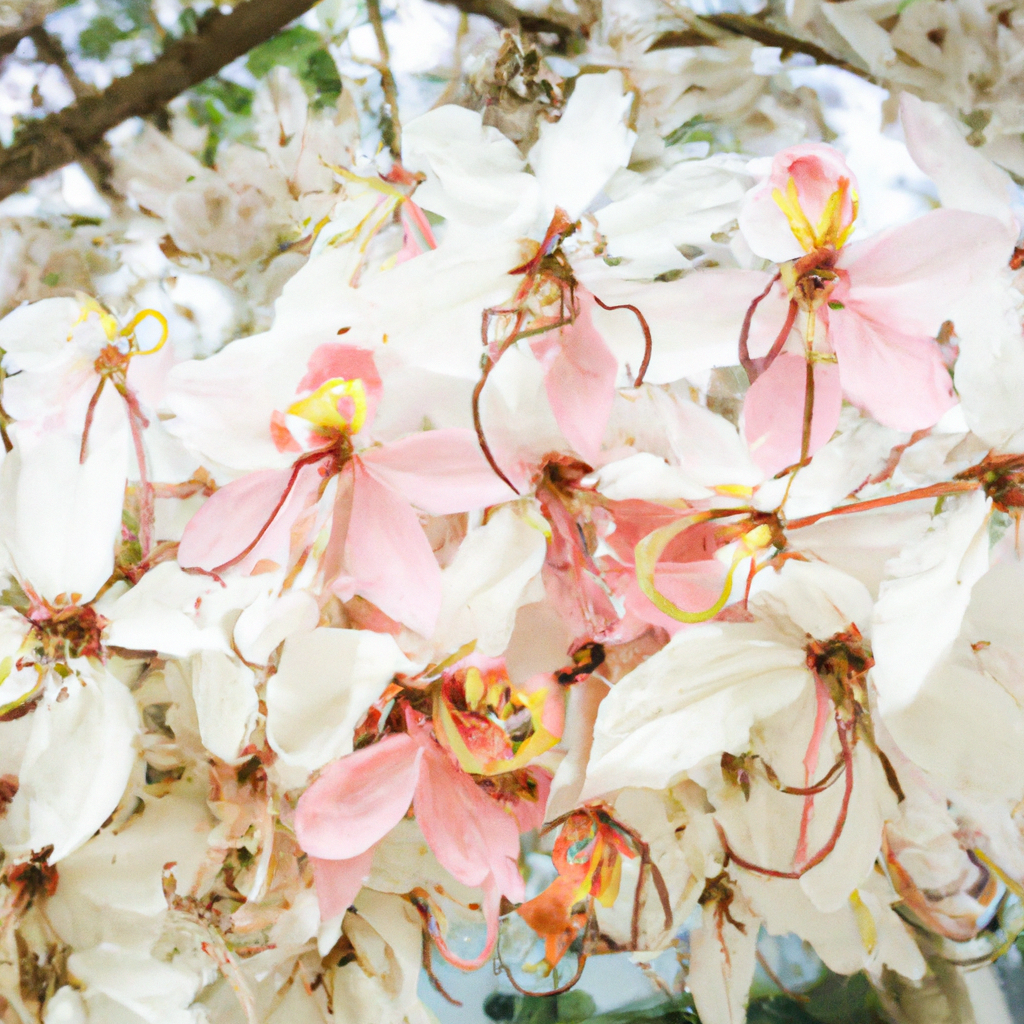Biological Name:
Paulownia tomentosa (Princess-Tree)
Natural Habitat:
Princess-Tree: This plant is native to Asia and grows in a variety of habitats, including forests, fields, and along roadsides.
Description:
Princess-Tree is a deciduous tree native to eastern Asia. It is a member of the pea family and is easily recognized by its large heart-shaped leaves and fragrant purple or white flowers. The plant has a tall erect stem and can grow up to 40 feet tall.
Frequently Asked Questions (FAQs)
Q: Are princess trees invasive?
A: Known as the Princess Tree, Empress Tree, and Royal Empress Tree, Paulownia Trees are highly invasive and are destroying native ecosystems from Maine to Florida and Texas, as well as the Pacific Northwest.
Source
Q: How big do princess trees get?
A: Princess tree invades forests, stream banks and some rocky habitats, displacing native plant species. Plant: medium-sized deciduous tree that grows to 30-60 ft. in height; twigs are stout, green to brown, and have many lenticels; bark is thin, gray-brown with shallow features.
Source
Q: Are Paulownia trees poisonous to dogs?
A: Paulownia is very high in protein and safe for animals. Enriched in nutrients, paulownia leaves and flowers were good fodder for pigs, chicken, sheep, cattle and rabbits and so on.
Source
Q: Why is it called a princess tree?
A: Native to Eastern Asia the princess tree is a deciduous fast growing tree in the Paulowniaceae family. The tree is named in honor of Russian Princess Anna Paulowna (1795-1865), while the species name tomentosa means hairy in Latin.
Source
Q: How big does a princess tree get?
A: Princess tree invades forests, stream banks and some rocky habitats, displacing native plant species. Plant: medium-sized deciduous tree that grows to 30-60 ft.
Source
Q: Is the fruit on a princess tree edible?
A: Edible, they are sometimes used in salads. Fruits are dry, brown, two-valved capsules, 1-2 inches long. Maturing in late summer, they often persist through winter. Each fruit contains up to 2000 small, winged seeds. Large bright green leaves, 5-12 inches long, are heart-shaped and pointed at their tips.
Source
Q: What does Paulownia symbolize?
A: Folklore also has it that “when the tree was planted close to the house, a Phoenix would come and bring them good luck.†The Royal Paulownia is considered a tree of good luck, and of life.
Source
Q: How do you identify a princess tree?
A: Princess tree, also known as royal paulownia or empress tree, is a small to medium sized tree that may reach 30-60 feet in height. The bark is rough, gray-brown, and interlaced with shiny, smooth areas. Stems are olive-brown to dark brown, hairy and markedly flattened at the nodes (where stems and branches meet).
Source
Q: What is another name for princess tree?
A: Princess tree, also known as royal paulownia or empress tree, is a showy, aggressive ornamental introduced from East Asia. It grows rapidly in disturbed areas, including steep rocky slopes that may also be habitats for rare plants.
Source
Q: Is Princess tree fruit edible?
A: Edible, they are sometimes used in salads. Fruits are dry, brown, two-valved capsules, 1-2 inches long. Maturing in late summer, they often persist through winter. Each fruit contains up to 2000 small, winged seeds.
Source
Q: Does a princess tree bear fruit?
A: The flowers of the Princess Tree bloom before leaves are produced. In early spring they grow on panicles 10-30 cm long with a tubular purple corolla 4-6 cm long. The fruit is dry and egg-shaped about 3-4 cm long and contains numerous tiny seeds.
Source
Q: How do I get rid of princess tree?
A: Paulownia can successfully be controlled by herbicides. The most common herbicides used to control Paulownia include glyphosate (tradenames RoundUp®, Rodeo®) and triclopyr (Garlon 3A® or Garlon 4®).
Source
Q: Should I cut down princess tree?
A: In fact, the princess tree is considered an invasive species throughout the Southeast and Oregon. A mature tree releases millions of small, winged seeds each year and produces new shoots from its widespread root system. To get rid of a princess tree, you must remove the tree and prevent the spread of new seedlings.
Source
Q: What is princess tree wood good for?
A: In objects, paulownia wood is commonly used to make high-quality boxes, chests, and clogs. Its light, fine-grained wood can also be burned to make charcoal for sketching and powder for fireworks. Beyond its function, every material has a story.
Source
Q: How long do princess trees live?
A: Seeds germinate within a few days on suitable substrate; seedlings grow quickly and flower in 8-10 years. Mature trees are often structurally unsound and rarely live more than 70 years.
Source
Q: How tall do princess trees get?
A: It tolerates infertile and acid soils and drought conditions and adapts to a wide variety of habitats. Princess tree invades forests, stream banks and some rocky habitats, displacing native plant species. Plant: medium-sized deciduous tree that grows to 30-60 ft.
Source
Q: Do bees like paulownia trees?
A: The great news is that the springtime blossoms of the Empress Splendor trees (Paulownia fortunei and elongata) planted by World tree are very high in both nectar and pollen, making them an ideal food source for honey bees. And the honey produced from these blooms is light, fragrant, and very tasty.
Source
Q: How much is a paulownia tree worth?
A: Paulownia trees are ready for harvest in only 8-15 years and can produce up to 0,75 of a cubic meter when they are mature! Currently, around 1m3 of timber sells for around 300-600 euros, depending on the quality of the wood and the age at which it is harvested.
Source

